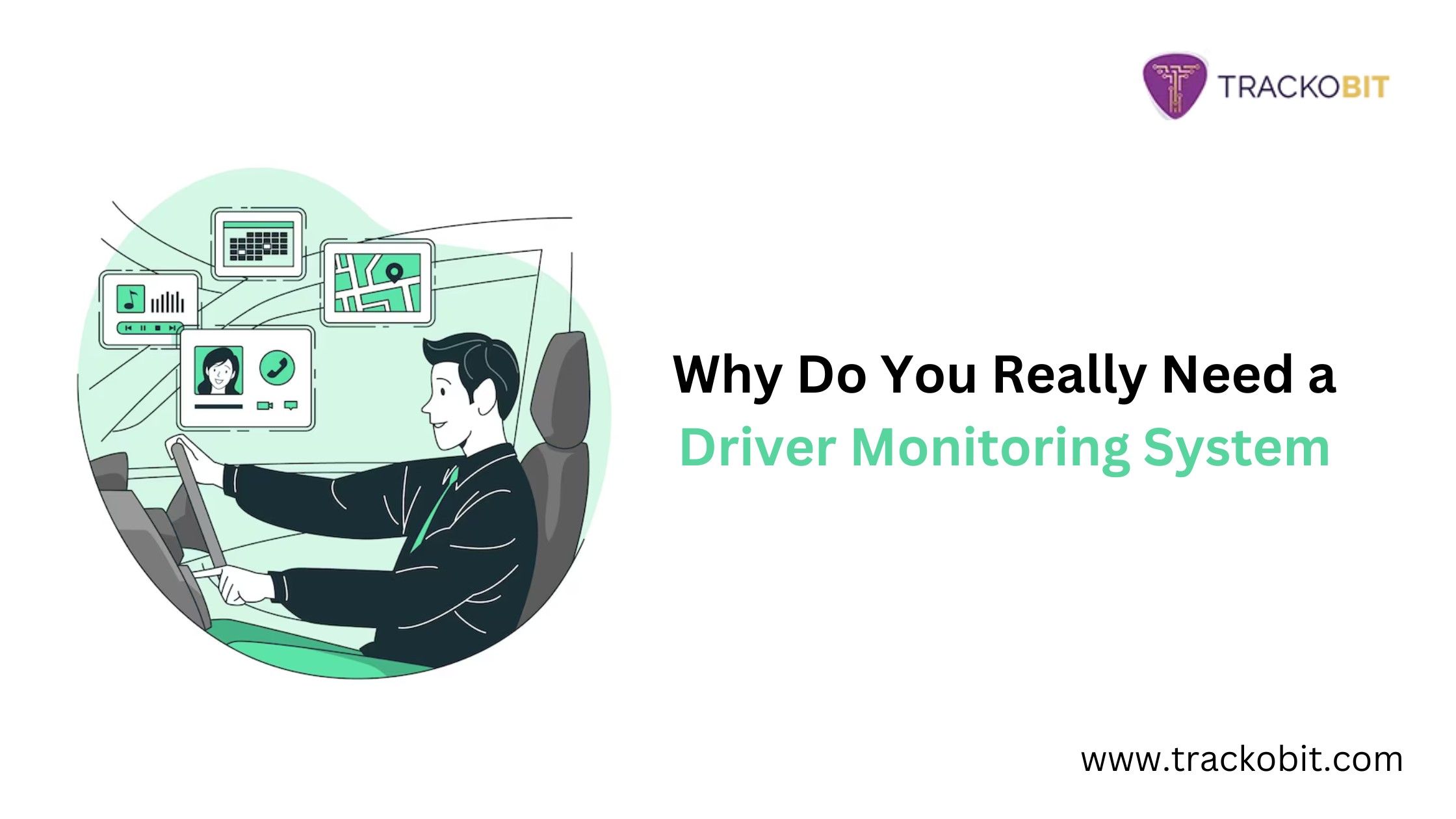
Every year, countless accidents occur on our roads, with a shocking percentage caused by driver distraction and fatigue. These can be anything from glancing at your phone for a “quick” text to drowsiness creeping in after a long day. The results can be devastating, leaving people injured, and even worse, lives lost.
Here’s where driver monitoring systems come into action, as the systems use cameras and sensors to continuously monitor you, the driver, rather than just focusing on the road ahead. By keeping an eye on your alertness and focus, DMS can intervene and prevent accidents before they happen.
So without wasting more time, let’s dig into why you really need a driver monitoring systems, but wait before knowing it is important, it becomes necessary to know what exactly is a driver monitoring system.
What is a Driver Monitoring System?
A Driver Monitoring System (DMS) is a technology used in vehicles to observe and evaluate the driver’s behavior and state. The primary objective of a DMS is to enhance safety by detecting signs of driver distraction, fatigue, or other potentially dangerous behaviors.
Some of the most prominent events notified by a driver monitoring monitoring systems are-
- Smoking
- Distracted
- Drowsiness
- Yawing
- Driver Absence
- Camera Blocked
Why Do You Really Need a Driver Monitoring System
A Driver Monitoring System (DMS) is essential for several reasons, particularly in enhancing safety, efficiency, and overall fleet management. Some of the most common reasons are unfolded below-
Detection of Drowsiness and Fatigue
A DMS can detect signs of driver fatigue and drowsiness, alerting the driver and fleet managers to take necessary action.DMS uses cameras and sensors to track your eyes. It analyzes blink rate, eyelid closure duration, and even head and body posture. If the system detects signs of drowsiness, such as increased blinking or head nodding, it triggers an alert – an auditory alarm, a vibration in your seat, or even a prompt to pull over for a rest break.
Monitoring Distraction
Identifies when a driver is not paying attention to the road, reducing the risk of accidents caused by distractions. Well well, taking your eyes off the road for a split second can be dangerous. DMS detects when your gaze wanders from the road for too long, indicating potential distraction from phones, navigation systems, or in-car entertainment. The system then issues an alert to refocus your attention on the road ahead.
Real-Time Monitoring
The system provides real-time data on driver performance, enabling immediate corrective actions and improving overall operational efficiency. Unlike traditional safety features that react after an incident, DMS works proactively. It provides real-time data on your alertness, focus, and potential distractions. This allows for immediate corrective actions, preventing accidents before they happen. Fleet managers can also utilize this data to monitor driver performance and implement targeted training programs.
Early Issue Detection
By identifying unsafe driving behaviors, a DMS can help reduce wear and tear on vehicles, lowering maintenance costs. By identifying unsafe driving behaviors like drowsiness or distraction, DMS helps prevent accidents that can cause significant damage to vehicles. This translates to lower maintenance costs for fleets and individual drivers alike.
Meeting Legal Requirements
Helps in complying with regulations related to driver hours, rest periods, and overall safety standards.In many regions, laws are being introduced that mandate specific driver rest periods and maximum driving hours. DMS provides data that can be used to demonstrate compliance with these regulations. The system can track driving time, monitor for fatigue signs that might indicate a needed break, and even generate reports to be submitted to authorities if required.
Accountability and Transparency
Provides an objective record of driver behavior, fostering accountability and transparency within the fleet. By providing an objective record of driver behavior, including potential distractions or signs of drowsiness, the system can help identify areas for improvement in driver training or identify individuals who may require additional support. This transparency not only promotes safer driving practices but also protects drivers by providing clear documentation of their performance in case of an accident or investigation.
Components and Functionality of a Driver Monitoring System
Cameras and Sensors
- In-Cabin Cameras- Usually mounted on the dashboard or near the rearview mirror, these cameras continuously monitor the driver’s face and eyes.
- Infrared Sensors- These are used to track eye movements even in low-light conditions in advanced cases.
Software and Algorithms
- Eye Tracking- The system tracks the driver’s eye movements to determine if they are focused on the road or distracted.
- Head Position- It monitors the position and movements of the driver’s head.
- Facial Recognition- Advanced systems can recognize facial expressions to assess fatigue, such as yawning or drooping eyelids.
Behavioral Analysis
- Distraction Detection: The system can detect if the driver is looking away from the road for extended periods.
- Fatigue Detection: Signs of drowsiness, like frequent blinking or head nodding, are identified.
- Alertness: The system monitors for signs of reduced alertness and reaction times.
Feedback and Alerts
- Visual and Audio Alerts- If the system detects dangerous behavior, it can issue warnings through visual alerts on the dashboard, audio signals, or vibrations in the steering wheel.
- Automatic Intervention- In some advanced systems, the vehicle might take corrective actions such as reducing speed, tightening seat belts, or even initiating a controlled stop.
Summing Up
In summary, a Driver Monitoring System is crucial for improving safety, efficiency, regulatory compliance, financial savings, and customer satisfaction in fleet management. Additionally, DMS brings wonders when paired with ADAS as these two together make a powerful solution aka video telematics.
Here’s How TrackoBit Be Your Partner in Success
For sure, risky driving is not an option as bad things cannot happen on our watch. With TrackoBit’s driver monitoring systems, you get notified as soon as the camera picks up any activity within your vehicle that might lead to accidents.
So, keep a vigilant eye on your drivers and bid goodbye to risky driving patterns.
























